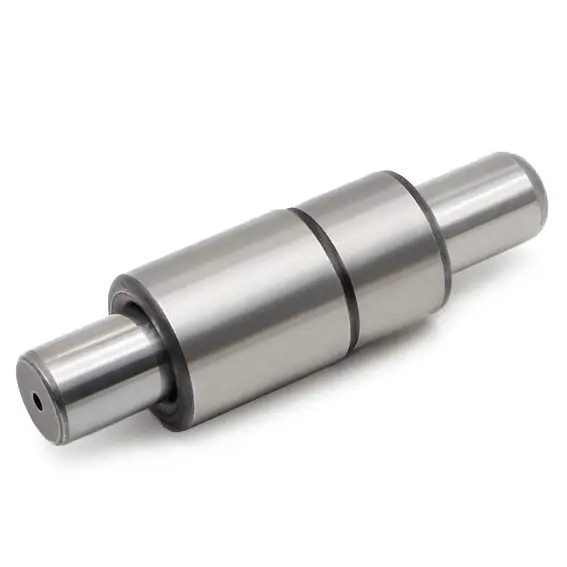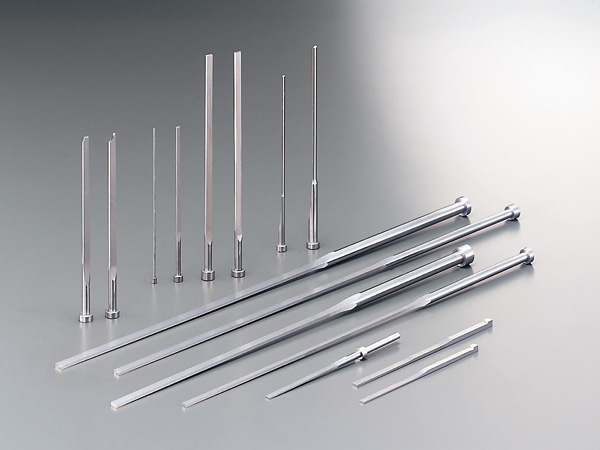6 Key Requirements Not to be Ignored in the Selection of Plastic Molds
Plastic molds, abbreviated as molds, are a type of composite mold used for compression molding, extrusion molding, injection molding, blow molding, and low-foam molding. The coordinated variation of the mold’s convex and concave molds, along with auxiliary forming systems, can process a series of plastic parts with different shapes and sizes. In order to meet the needs of molded components, there are certain considerations to be taken into account when selecting plastic molds, accompanied by corresponding requirements. The following are six key requirements for choosing the most suitable plastic molds:
- High Corrosion Resistance: Many resins and additives have a corrosive effect on the cavity surface. This corrosion can lead to metal dissolution, peeling, deterioration of the surface condition, and a decline in the quality of plastic parts. Therefore, it is advisable to use corrosion-resistant steel or apply chrome and nickel plating to the cavity surface.
- Good Wear Resistance: The gloss and precision of the surface of plastic components are directly related to the wear resistance of the cavity surface of plastic molds. Especially when certain plastics are added with glass fiber, inorganic fillers, and certain pigments, they flow at high speeds in the runner and mold cavity along with the plastic melt. This results in significant friction on the cavity surface, and if the material is not wear-resistant, it will quickly wear out, compromising the quality of the plastic parts.
- Good Dimensional Stability: During plastic molding, the temperature of the mold cavity needs to reach above 300°C. Therefore, it is preferable to use tool steel that has undergone appropriate tempering treatment (heat-treated steel). Otherwise, changes in the microscopic structure of the material may occur, leading to dimensional changes in the plastic mold.
- Ease of Processing: Mold parts are mostly made of metal materials, and some structural shapes are complex. To shorten the production cycle and improve efficiency, the mold material should be easy to process into the required shapes and precision as specified in the drawings.
- Good Polishing Performance: Plastic components often require good gloss and surface condition. Therefore, the surface roughness of the cavity must be very small, necessitating surface treatments such as polishing and grinding. Hence, the selected steel should not contain rough impurities, pores, etc.
- Minimal Impact from Heat Treatment: In order to enhance hardness and wear resistance, plastic molds generally undergo heat treatment. However, this treatment should result in minimal dimensional changes. Therefore, it is preferable to use pre-hardened steel that can be machined.
Consideration of these six requirements is crucial for selecting plastic molds that meet the specific needs of molding processes and ensure the production of high-quality plastic parts.




